Back to School: Protecting Your Child
Every day a child is absent from school, they miss out on valuable educational lessons. Preventing flu from spreading at school is important for your child’s education.
Children share close quarters inside schools, making it easier for them to spread germs and get sick. Schools therefore have a big role to play in flu prevention education, and safely managing and containing flu outbreaks when they occur.
FLU FAST FACTS
- The flu can affect anyone, young or old—even otherwise healthy individuals
- Flu viruses can cause illness from early October to late May, however seasonal flu activity most commonly peaks between December and March.
- The best way to prevent the flu is to get a flu shot every year.
- An annual flu vaccine is recommended for everyone six months and older.
- Everyone should have their flu shot by Oct. 31 every year.
- The flu shot does not cause the flu. The vaccine typically takes 2 weeks to reach full strength, so if someone is exposed to the fl virus during that time, they may still get sick.
5 QUESTIONS TO ASK YOUR PRINCIPAL ABOUT YOUR SCHOOL’S FLU PREVENTION PRACTICES
- Does our school have a full-time nurse?
Many schools still do not have a full-time nurse, so all staff should be taught the signs and symptoms of flu, emergency warning signs, high-risk groups, and what to do in the event of an outbreak (e.g., separate sick students and staff from others until they can be picked up.) - Does our school provide information to families on where to get the flu shot?
HealthMap Vaccine Finder (vaccinefinder.org) is a free, online service where users can search for locations that offer immunizations. - What is our school’s policy on children with the flu returning to school?
It is recommended that you stay home for at least 24 hours after your fever is gone without the use of fever-reducing medicine. A fever is defined as 100°F (37.8°C) or higher. - How often are “germ hot spots” disinfected?
Germs can last on some hard surfaces for up to 48 hours, yet are relatively fragile, so standard cleaning and disinfecting practices are enough to remove or kill them. Daily disinfecting on surfaces and objects that are touched often with products like Lysol® Disinfectant Spray helps to remove germs. Try it on things like desks, countertops, doorknobs, hands-on learning items, faucet handles, phones, and toys. Cleaning specific areas of the school daily, including bathrooms, is also recommended. - How are students educated on avoiding the spread of germs?
Students and staff should be taught, and reminded, to stay away from people who are sick; cover their cough and sneezes with a tissue or bent arm; wash their hands often with soap and water for 20 seconds; not to touch their eyes, nose, and mouth; and to stay home when sick.
4 steps to prevent the spread of flu in schools
Taking these five simple steps for staying healthy during flu season can help stop germs from spreading— and children from missing school due to illnesses like cold and flu.
1. GET YOUR FLU SHOT.
The Centers for Disease Control and Prevention (CDC) recommends a yearly flu vaccine for everyone six months and older. It’s the first and most important way to prevent the flu. The flu shot does not cause the flu. The vaccine typically takes 2 weeks to reach full strength, so if someone is exposed to the flu virus during that time, they may still get sick.
2. HELP PREVENT THE SPREAD OF GERMS.
Help protect yourself from contagious illnesses:
- Cover your nose and mouth with a tissue when you cough or sneeze.
- Wash your hands with soap and warm water.
- Remind children to avoid touching their eyes, nose or mouth.
- Send supplies of disinfectants to your child’s classroom.
3. AVOID SICK PEOPLE AND STAY HOME IF YOU ARE SICK.
To stay healthy, it’s important for children to avoid other students who are coughing or sneezing, and to stay home if they’re sick.
4. REINFORCE HEALTHY HABITS AT HOME.
As a parent, you can help fight the spread of germs by diligently cleaning and disinfecting countertops and frequently-touched surfaces like doorknobs and light switches. Also, disinfect items that your child brings home from school - such as backpacks - with Lysol® Disinfectant Spray to help prevent germs from spreading to other surfaces in the home.
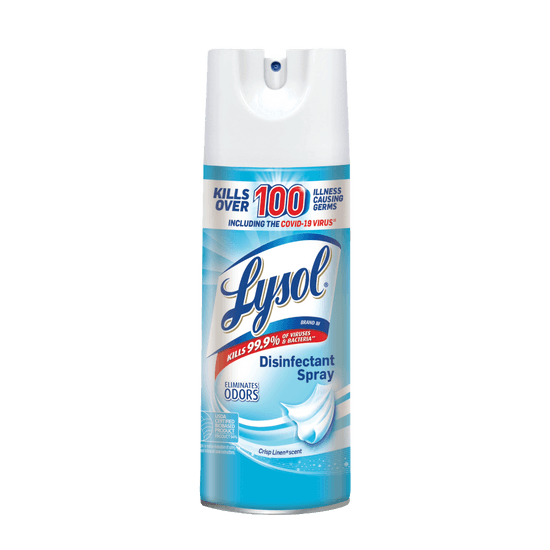


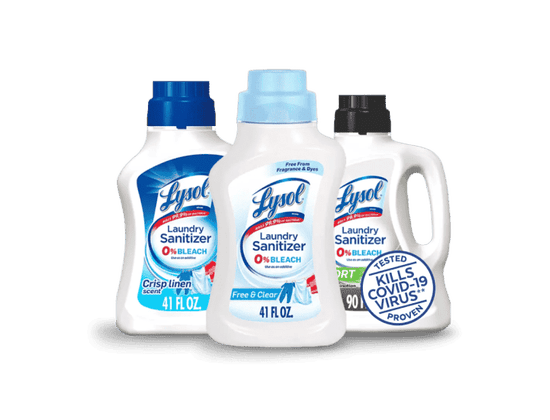



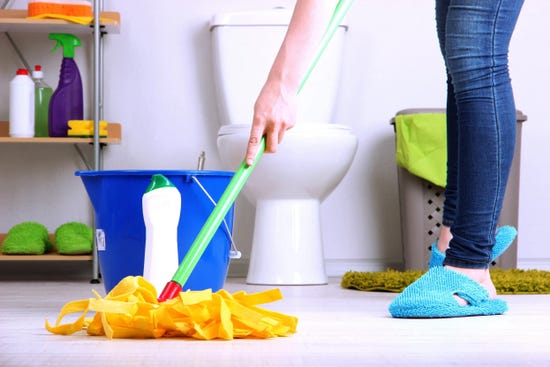
.png?width=550&height=377&format=png&quality=80)

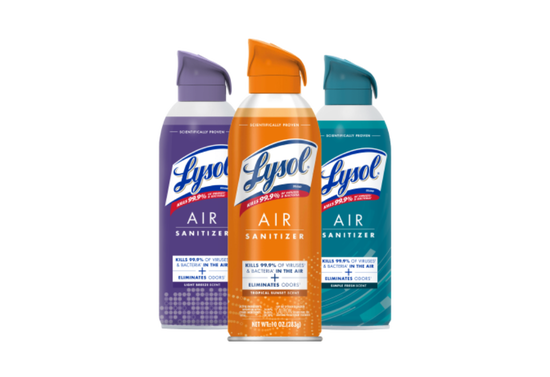
.png?width=550&height=377&format=png&quality=80)
.png?width=550&height=377&format=png&quality=80)
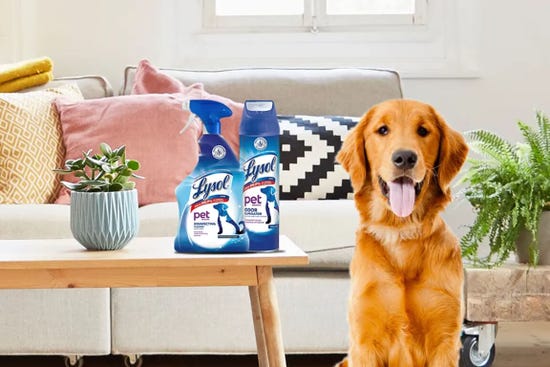

.png?width=550&height=377&format=png&quality=80)
.png?width=550&height=420&format=png&quality=80)
